But according to Dr. Nguyen Dinh Cung, former Director of the Central Institute for Economic Management, the story is not just about "what to fix", but more importantly "how much we dare to do differently".
“The conditions are ripe for Ho Chi Minh City to have a new resolution, with a breakthrough and systematic mindset, instead of just 'repairing' or improving techniques,” he said.
The city is different, the system must be different
Previously, Ho Chi Minh City had only about 10 million people; now the permanent population has reached 14 million, and if counting visitors, tourists , and short-term workers, the city can serve up to 20 million people per day. With such a population and economic scale, according to Mr. Cung, the city "clearly needs a more compatible, stronger, and superior institution". The amendment and upgrading of Resolution 98 is therefore not only necessary, but inevitable.
Sharing the same view, Dr. Truong Minh Huy Vu - Director of the Ho Chi Minh City Institute for Development Studies - said that this draft has expanded the scope of decentralization and authorization for the city government in most important areas: from urban planning, land exploitation, to infrastructure investment and attracting strategic investors.
“With the current population and economic scale, if the apparatus and institutions are still confined within the framework of ten years ago, they cannot operate smoothly,” said Mr. Vu. He said the draft focused on four major reform directions: removing obstacles between land law and investment; allowing the city to proactively reclaim and allocate land to speed up project progress; expanding areas to attract strategic investors – such as specialized healthcare , logistics, seaports, renewable energy, and relic conservation – and especially establishing a Free Trade Zone (FTZ), considering this a new growth driver associated with the Cai Mep – Ha seaport space.
In other words, Ho Chi Minh City is too big for the “old institutional shirt”. The remaining problem is to dare to make a new shirt – one that fits, is modern, and flexible enough to let the city breathe.

Ho Chi Minh City needs not only “more power”, but also an autonomous legal space – where all experiments are carried out within controlled risk limits. Photo: Hoang Ha
From TOD to FTZ – a sign of liberation
From the economic institutional perspective, Dr. Nguyen Dinh Cung said that the two most notable points in the draft are the mechanism for transport-oriented urban development (TOD) and free trade zones (FTZ).
According to the current Resolution 98, the city is only allowed to use the budget for compensation and resettlement around metro stations, traffic intersections and Ring Road 3. This time, the scope has expanded significantly: TOD is no longer limited to the traffic infrastructure, but spreads to areas along the route, around major connection points, and even land selected for urban reconstruction or development.
“The breakthrough of the TOD mechanism is the expansion from transport development to comprehensive urban development,” Mr. Cung commented. “It allows the city to use land as a tool to redesign space and attract investment more flexibly.”
However, he also warned against equating “unleashing” with “relaxing”. The land-for-infrastructure (BT) mechanism has left many legacy issues in the past. “When exchanging land for infrastructure, there are at least three risks: land prices are never determined correctly, investors can ‘manipulate prices’, and officials always face legal risks,” he emphasized, adding that it is necessary to switch to a transparent mechanism of sharing land rent benefits instead of exchanging land to pay public debt.
If TOD is a way to expand urban space, FTZ is the door to open new economic space.
FTZ – must be truly special, cannot be “half-hearted”
This draft proposes a free trade zone with a superior mechanism: goods entering and leaving the zone are considered special imports and exports, exempt from import-export duties and value-added tax, unless brought into the country. Foreign capital flows into and out of this zone are free; financial activities, banking, fintech, cross-border payments can be piloted under the sandbox mechanism.
In particular, the FTZ Management Board is placed under the Government, with authority equivalent to that of a Ministry – meaning the city will be decentralized at the deepest level ever. “If an FTZ is to be built, it must be truly special, it cannot be called a free trade zone while still being bound by the old legal system,” said Dr. Cung.
According to him, Vietnam does not have any model similar to Dubai JAFZA or Singapore FTZ – where trade, logistics, finance and technology are integrated into one ecosystem. If Ho Chi Minh City can do it, this will not only be an economic project, but also the opening step for a national institutional experiment.
“HCMC needs a real institutional sandbox”
This is what Mr. Nguyen Dinh Cung considers most important, but it is beyond the specific terms. He calls it an “institutional sandbox” – a real space for policy experimentation, where the city can do things differently, make mistakes, correct and learn.
“The current special mechanisms still follow the pattern of 'asking to do something different but having to do it the old way'. The city is allowed, but when implementing it, it has to wait for instructions from central ministries and branches. Doing so, even if there are ten special mechanisms, it will not be able to innovate the growth model,” he said.
According to Mr. Cung, the institutional sandbox is not a slogan. It must be legalized into a specific action framework: clearly defining the field to be tested, setting goals for each stage, giving full authority to the Ho Chi Minh City government in choosing tools and organizational models, and establishing a regular monitoring mechanism, with the coordination of an independent central agency.
“The city must have the right to adjust flexibly, even stop if it finds the method ineffective,” he said. “Only then will Ho Chi Minh City truly become the country’s institutional laboratory.”
From "fix" to "innovative thinking"
If Resolution 98 is considered an institutional contract between the Central Government and Ho Chi Minh City, then this revision should not stop at extending, but rather redefining that relationship. The city does not just need “more power”, but needs an autonomous legal space – where all experiments are carried out within the limits of controlled risks.
“We cannot expect a strong locomotive if we still tie it with the old rope,” Mr. Cung said. “A resolution on amendments only helps Ho Chi Minh City breathe easier; but a resolution on institutional innovation will help the city take off.”
In fact, the amendment of Resolution 98 is not intended to “give more rights”, but to test the institutional autonomy capacity of the largest city in the country. Untying Ho Chi Minh City is not just a local story, but a test of national governance capacity: is Vietnam confident enough to let a “locomotive” accelerate, make mistakes and correct itself, learn and spread?
If so, it will not only be a special mechanism, but also an institutional breakthrough for the entire Vietnamese economy.
Vietnamnet.vn
Source: https://vietnamnet.vn/tp-hcm-can-mot-sandbox-the-che-that-su-khong-phai-ban-va-nghi-quyet-98-2458295.html


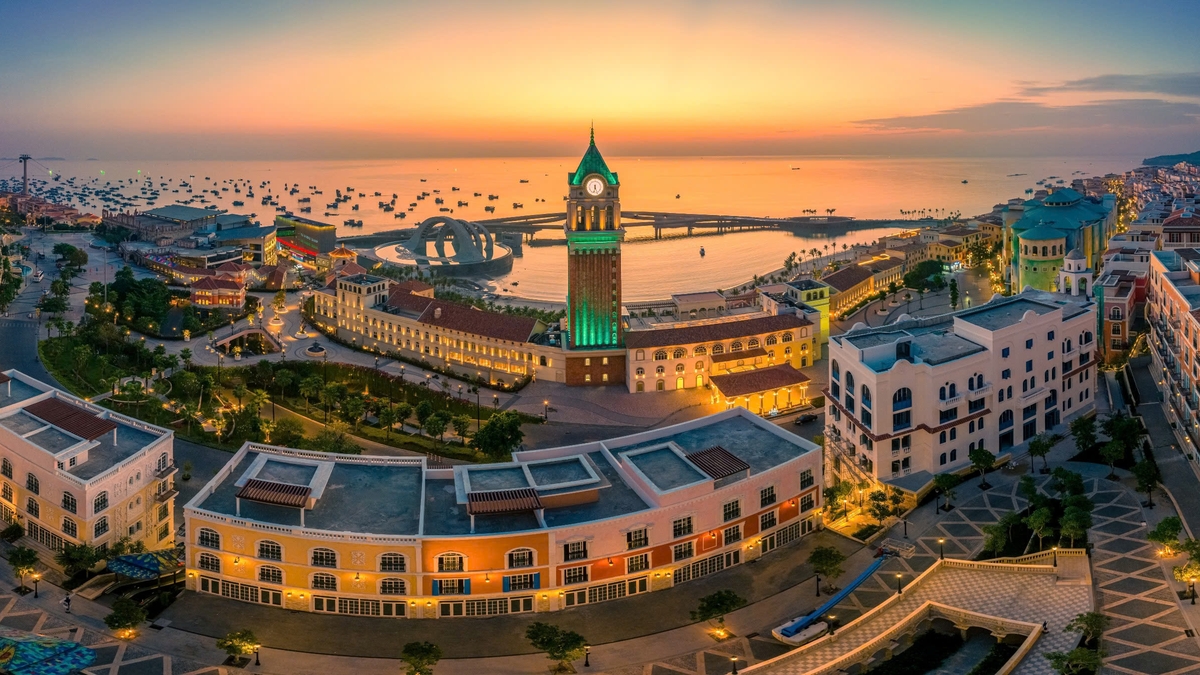














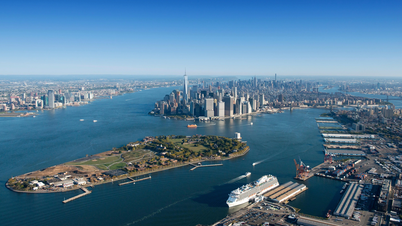





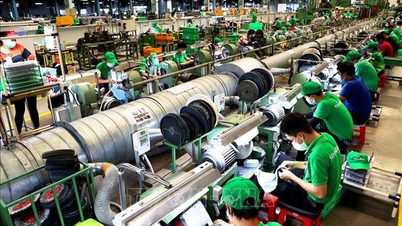












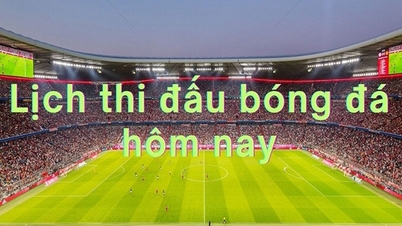
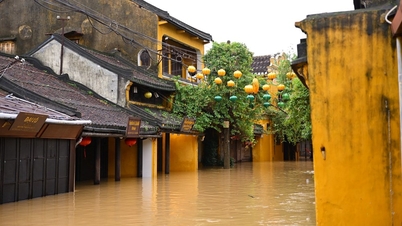




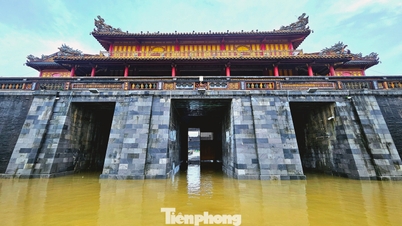








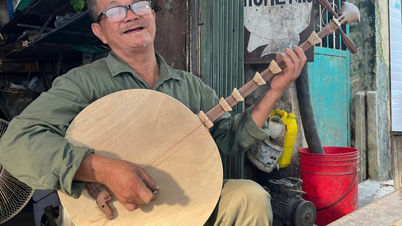







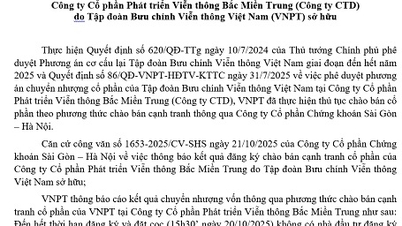
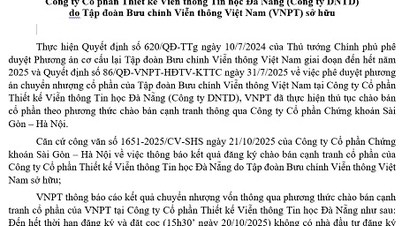








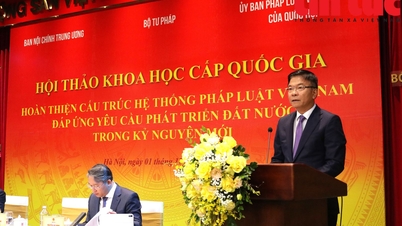


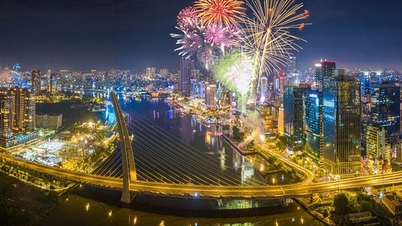



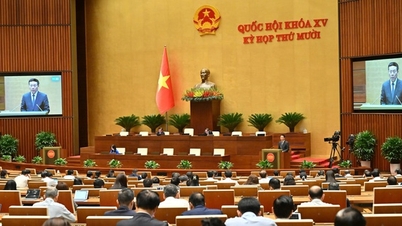




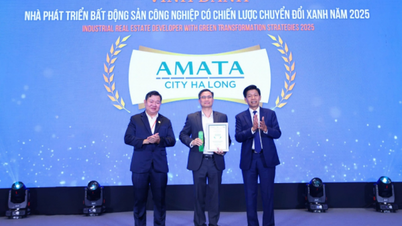





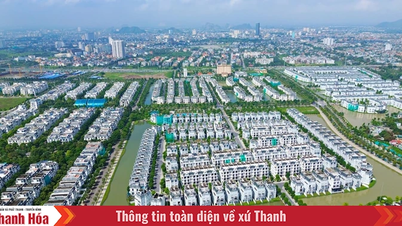

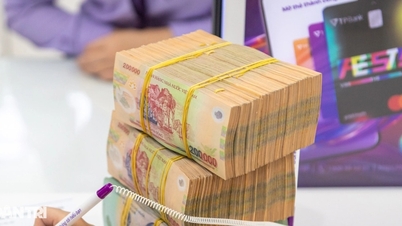

















Comment (0)